History What-Ifs Sharpen Students’ Critical Thinking
A MiddleWeb Blog

What are the what-ifs of history? And how can puzzling over alternate histories help our students become more critical thinkers?
The social studies and history teachers of Twitter recently discussed these questions, thanks to Sarah @WinchesterTeach and the awesome #sschat.
Twitter chats are a great way to network and share ideas with a diverse group of people who all bring interesting experiences to the 140-character conversations.
In our own middle school classroom, we’ve always liked to include the “what ifs” of historical events in our teaching. For example:
▶ Our American expansion essay ends with “Explain what the United States would look like if the events you described had never happened. Tell the reader whether things would have been better or worse.”
▶ And the “so what” part of the conclusion for our causes of the Civil War essay asks students to: “Explain what the impact on the Civil War would have been had these events been dealt with differently.”
Image: Alternate US history map – Kenzer & Co.
Thinking about what-ifs helps students see the relationship between cause and effect; it allows them to see history as a dynamic series of choices, shows them that perspective is an important aspect of analyzing history, and shocks them out of the complacency of accepting history as some kind of destiny or a series of inevitable outcomes.
Here are some comments from our recent #sschat:
Many participants suggested their own “what-ifs” – turning points that could have changed history:
Participants discussed some of the issues that can arise when using alternate reality scenarios in history, namely, that students can often remember the what-if as actually happening, as opposed to the events as they actually happened. Several participants also made the point that the perspective from which the history is being related is hugely important when discussing the alternate AND historical scenarios.
Teachers agreed that context was key when discussing these alternate scenarios for history. When students have a solid grasp of events as they actually occurred, then they are more easily able to imagine the what-if scenario.
Why we use “what if” scenarios
In our classroom, we’re always looking for ways to connect the past that we study to the present we inhabit. “What if” scenarios are another opportunity for us to do this as history/social studies teachers.
We can more easily imagine our historical role in the present by imagining these “what-if” scenarios; they remind us that nothing is certain to happen, that our choices are not pre-determined, and while many things in history may seem to have been inevitable, people in the past were people, just like us, just like our students.
What are some what-ifs of history that intrigue you? What ways do you have your students think about alternate histories?

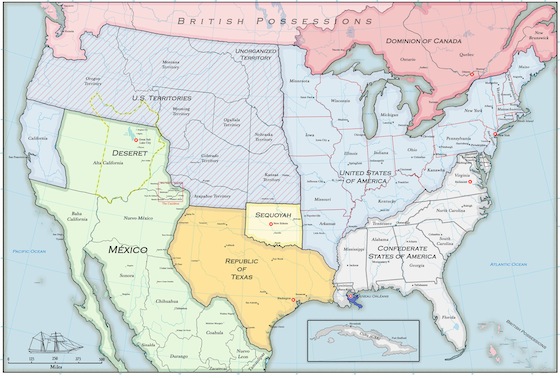


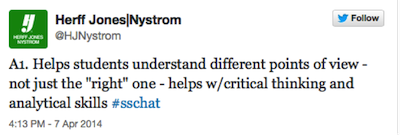



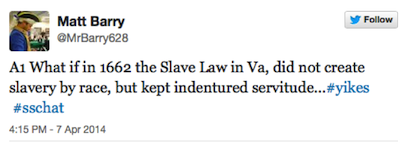
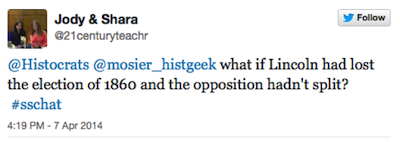

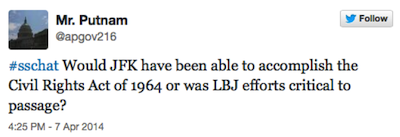
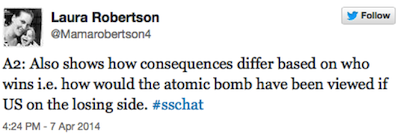
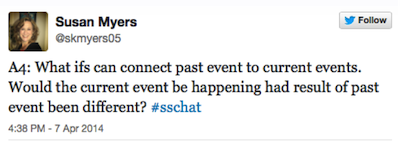


































Hi Jody and Shara,
Great job on the lesson ideas! I also used “What if” questions with my students when I taught 8th grade and have written and presented about the strategy as well. My article “Using Counterfactual History to Enhance Your Student’s Historical Understanding” can be found at http://www.tandfonline.com/doi/abs/10.1080/00377996.2010.525547#.U2FOkE1OWUk. Keep up the great work!
Thanks for reading, Scott and really appreciate the link to your article–very interesting read.